Trying ASA filament? Check out our guide to the best ASA filament brands. Learn about their properties, benefits, and uses.
Acrylonitrile styrene acrylate (ASA) is a thermoplastic that you can 3D print and has many properties that make it good for engineering and outdoor purposes. ASA is basically a new and improved cousin of acrylonitrile butadiene styrene (ABS), which is more widely known and used (like Lego). ASA has many of the benefits of ABS without some of its drawbacks.ASA, like ABS, is a little difficult to 3D print because it’s sensitive to heat while being printed. However, after printing, ASA parts are very heat-resistant and durable. ASA prints are also rigid and strong, and can even be more so than the same parts made from ABS. Unlike what many users notice with ABS prints, ASA won’t turn yellow when left outside.
In this article, we’ll go over different ASA filaments and specific characteristics for each brand. Before that though, we’ll discuss some pros, cons, and uses of the material. We’ll also provide some printing suggestions for working with ASA.
If you’re interested in getting something printed in ASA but don’t have the right printer setup or don’t want to handle the challenges, consider Craftcloud by All3DP. Rest assured knowing that the professionals will be able to deliver your dream part right to your door.
And now, let’s learn more about this unique filament!
Pros, Cons, & Uses

If you’re interested in printing with ASA, it’s helpful to know what it can be used for, as well as some of the reasons you might want to (or not) try your hand at this special filament. It’s a great choice for outdoor projects or for functional prototypes, and if you’re currently printing with ABS, you should consider trying out ASA because they print similarly, but ASA has some extra benefits. Let’s take a deeper look!
PROS
- Strong UV resistance
- Strong chemical resistance
- Water-resistant
- Post-processing capabilities with acetone
- High impact resistance
- Tough
- Durable
- Good finish
- Anti-static
CONS
- Releases potentially dangerous fumes
- More expensive in comparison to other 3D printing filaments
- High extruder temperature
- High bed temperature
- Consumes a lot of energy for printing
- Parts can crack (as seen in the image above)
- Parts can warp and shrink
Though it can be expensive to buy and difficult to print with, ASA’s quality makes it a fantastic filament for rough and tough use cases. With the advantages and disadvantages of ASA in mind, you might be wondering what type of models this thermoplastic is best suited for. In the bullet points below, we’ve gone over a few popular categories of items that you can 3D print in ASA.
USES
- Automotive exterior parts
- Housing components
- Sporting goods
- Exterior signage
- Garden equipment
- Outdoor parts and fixtures
Now that we know more about where we could use ASA parts, let’s take a look at printing it before we get to the best brands to use!
Printing Tips
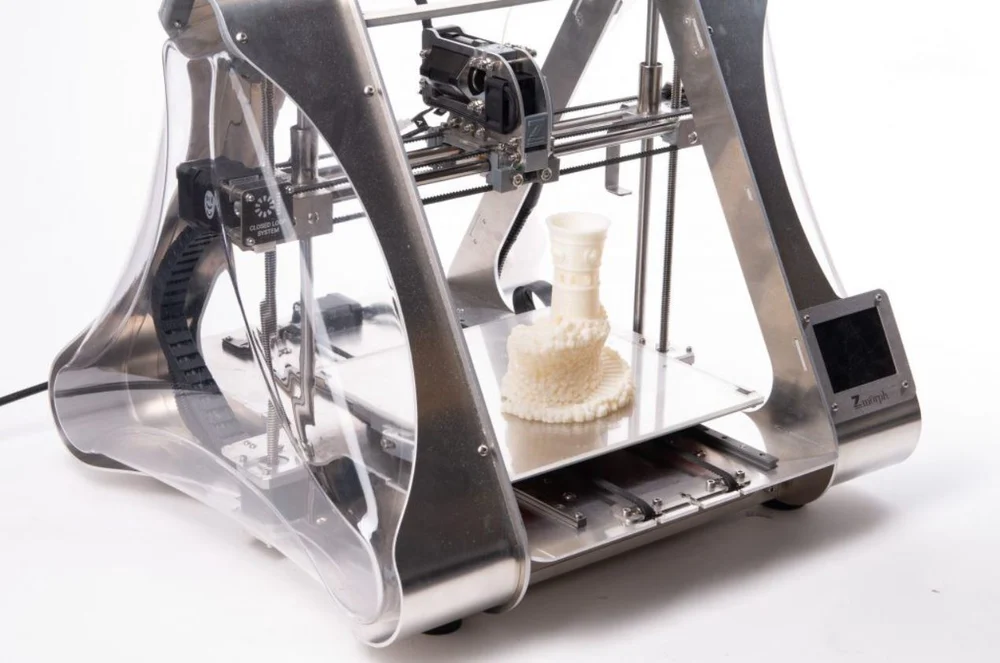
ASA can be a very sensitive material to print, so print settings, including temperatures, play a key role in how a print can turn out. You should always default to the settings provided by the manufacturer of the specific ASA filament you’re using.
The following tips help reduce common problems when printing with ASA:
- Make sure you have the right bed surface
- Use a bed adhesive such as ABS glue, Kapton tape, glue, or hairspray
- Use an enclosure
- Adjust temperature to prevent overheating
- Set the cooling fan to a slow speed (5-10% after the first layer)
- Make sure the bed is level
- Test your temperatures (start with 250 °C/110 °C)
- Change the nozzle when switching materials
PolyLite
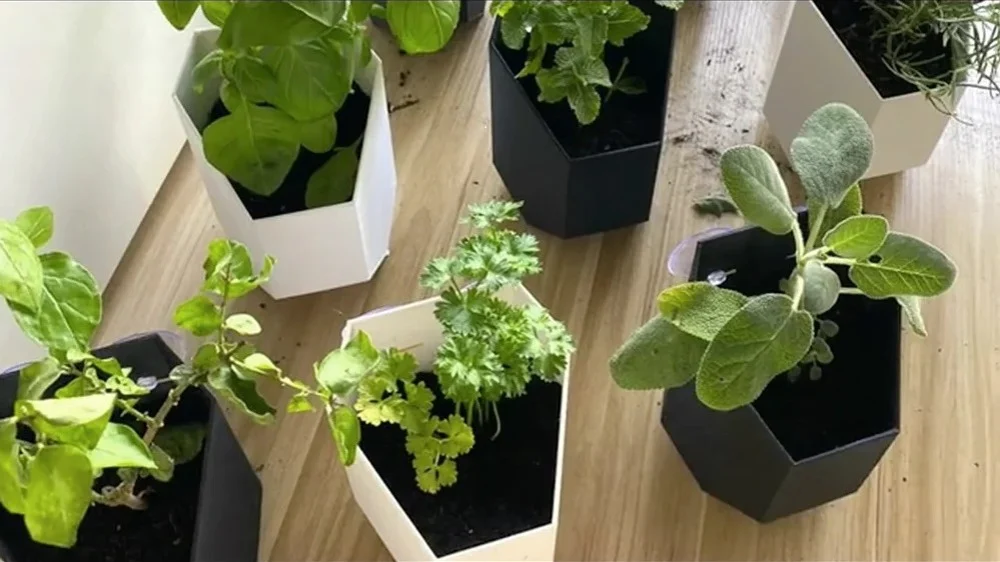
First up, PolyLite ASA is an excellent filament with a low tolerance of just +/- 0.03 mm. PolyLite provides a lot of information about their ASA filament, including mechanical properties such as tensile and bending strength. This brand of ASA has a glass transition temperature of 97.8 °C and the manufacturer recommends drying the filament at 80 °C for eight hours before use.
Polymaker sources their plastic from JF Polymers and has a 4.7 out of 5-star rating on Amazon from 498 ratings. Some users have commented about how this ASA warps a lot when printed. For this reason, PolyLite recommends using a BuildTak print bed or applying Magigoo.
- Price: ~$30 for 1 kg
- Diameters: 1.75, 2.85 mm
- Spool size: 1 kg (also a six-pack option)
- Colors: Black, white, gray, red, blue, natural
- Dimensional accuracy: +/- 0.03 mm
- Nozzle temperature: 240-260 °C
- Bed temperature: 75-95 °C
Prusament
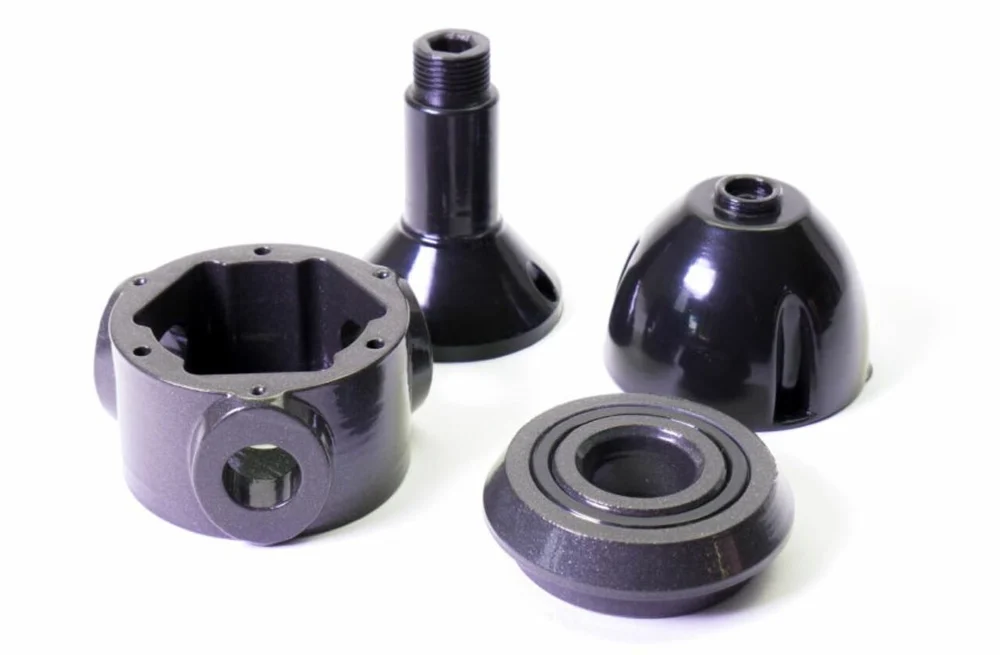
Prusa Research, the developers of the Prusa i3 MK3S+, make their own filament, known as Prusament, which comes in a few materials, like PLA, PETG, and ASA. All Prusament filaments, including their ASA option, maintain a diameter tolerance of +/- 0.05 mm which isn’t super great, but it’s not too shabby considering the price. On this note, if you’re on a budget, you’ll be happy to hear that it only costs about $30 for an 850-g spool of Prusament ASA.
Among its other qualities, Prusament ASA is very easy to post-process, and, as seen in the image above, parts made of this material respond very well to acetone vapor smoothing and other solvents. Prusa Research also notes that their filament is great for detail on prints without any stringing (like on PETG). Additionally, many reviews suggest that this filament yields high-quality prints that are also very strong and durable.
- Price: ~$35 for 1 kg (~$30 per 0.85-kg spool)
- Diameter: 1.75 mm
- Spool sizes: 0.85 kg
- Colors: Galaxy black, jet black, natural, Prusa orange, signal white, sapphire blue, lipstick red
- Dimensional accuracy: +/- 0.03 mm
- Nozzle temperature: 250-270 °C
- Bed temperature: 105-115 °C
Fillamentum Extrafill
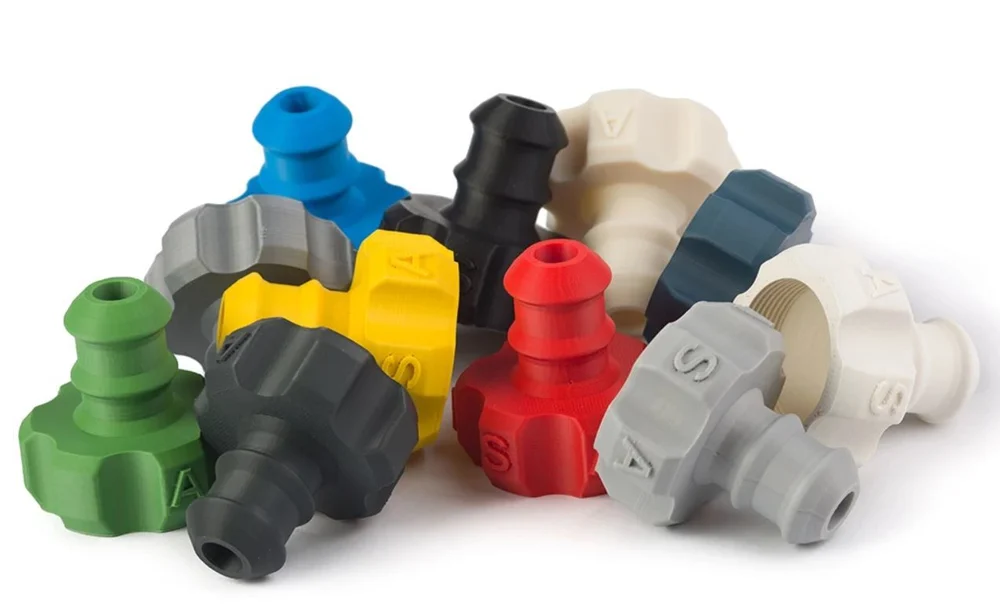
Fillamentum, a popular filament brand, offers a great option called ASA Extrafill. Their filament has a dimensional tolerance of +/- 0.05 mm, so it’s not the best of the best, but it’s not too bad. For $35 for only 0.75 kg, this filament is a bit expensive compared to some of the other ones on this list.
One nice thing is that Extrafill comes in 11 colors and has three choices of diameter size: 1.75, 1.85, and 3.00 mm. The manufacturer also claims that this material is recyclable and isn’t very hygroscopic.
- Price: ~$40 for 1 kg (~$35 per 0.75 kg)
- Diameters: 1.75, 2.85, 3.00 mm
- Spool sizes: 0.75, 2.5 kg (also a 15 m sample option)
- Colors: White, natural, aluminum, metallic gray, anthracite gray, black, gray-blue, green, sky blue, red, yellow
- Dimensional accuracy: +/- 0.05 mm
- Nozzle temperature: 240-255 °C
- Bed temperature: 80-105 °C
FilamentOne Pro
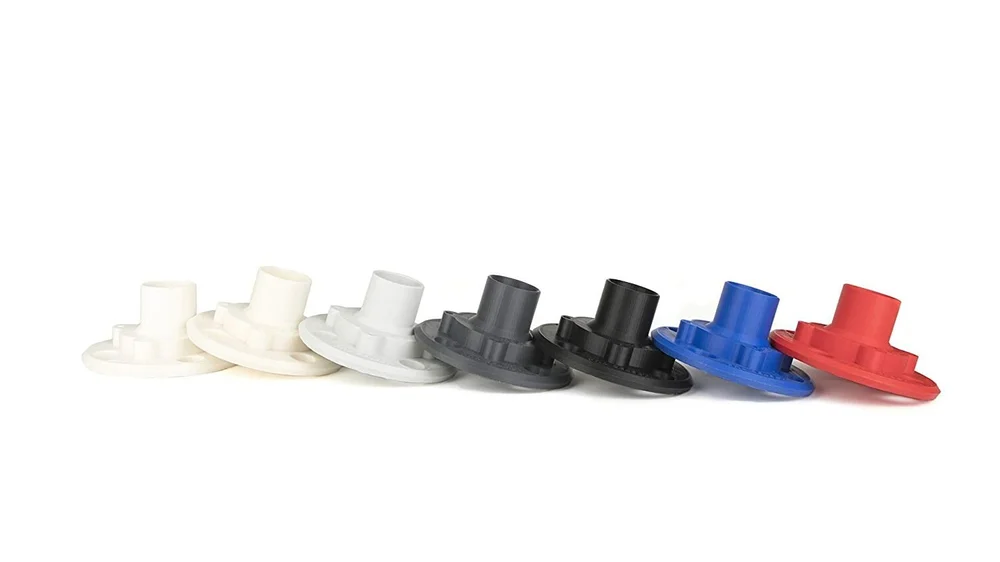
FilamentOne Pro is another great ASA brand with a low tolerance of +/- 0.02 mm, which is excellent. This ASA filament requires a surprisingly low bed temperature of just 80 to 90 °C.
FilamentOne claims that their ASA has low warping properties and strong layer-to-layer adhesion. One user commented that the filament works fine, but it doesn’t react well with acetone (for layer smoothing).
- Price: ~$40 for 1 kg (~$35 per 0.85 kg)
- Diameter: 1.75 mm
- Spool size: 1 kg
- Colors: Yellow-green, sky blue, ultramarine blue, traffic black, light gray, traffic red, iron gray
- Dimensional accuracy: +/- 0.02 mm
- Nozzle temperature: 235-255 °C
- Bed temperature: 90-110 °C
FormFutura ApolloX
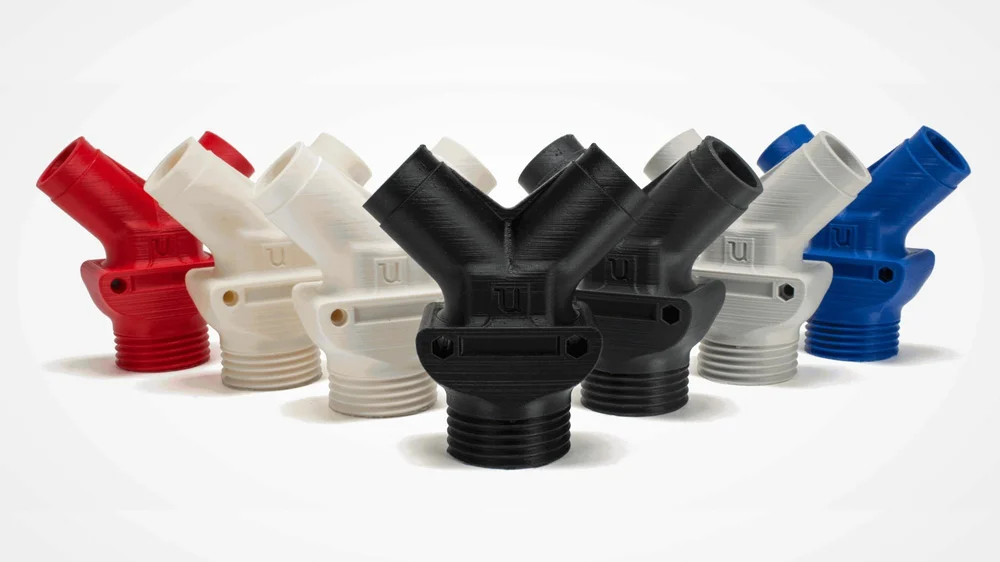
ApolloX is a great choice of ASA filament for those looking to print super-strong items, like parts that will be outdoors or that will undergo physical stress. FormFutura, the manufacturer of ApolloX, states that the filament maintains a diameter tolerance of under +/- 0.05 mm, which is pretty decent.
However, the most notable characteristics of ApolloX have to do with durability and, according to FormFutura, there are five main additives in ApolloX that enhance its strength and mechanical properties. Moreover, parts printed in ApolloX should be resistant to high temperatures and UV rays (sunlight), making the filament a great choice for outdoor prints.
While the manufacturer suggests printing ApolloX with an enclosure, the filament shouldn’t be too difficult to print. This is confirmed by many Amazon reviews for the filament, which state that you can achieve beautiful prints in ApolloX when using the right print settings.
- Price: ~$46 for 1 kg (~$38 per 0.75-kg spool)
- Diameter: 1.75, 2.85 mm
- Spool sizes: 0.25, 0.75, 2.3, 4.5, 8 kg
- Colors: Black, dark blue, gray, light gray, natural, red, white
- Dimensional accuracy: +/- 0.05 mm
- Nozzle temperature: 235-255 °C
- Bed temperature: 80-100 °C
3DXMax
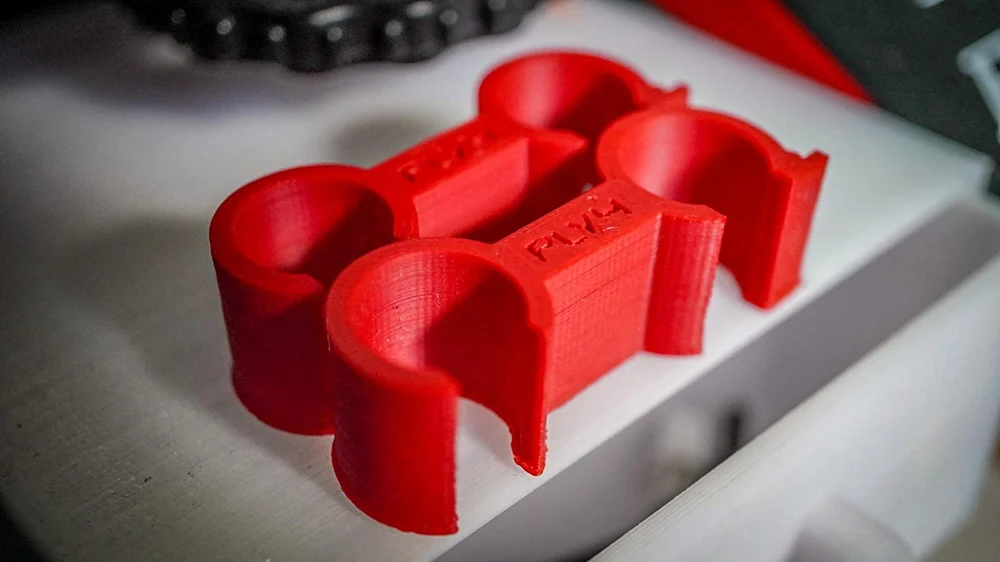
3DXMax ASA is another option with several color choices. The filament has a tolerance of +/- 0.05 mm, which isn’t fantastic – especially considering the ~$40 price tag. The manufacturer states that there’s no required or recommended nozzle size or layer height.
This brand of ASA yields a matte finish and works with water-soluble support materials according to 3DXTech. The manufacturer also states that their filament warps less and is easier to print than ABS filaments. This brand has a 4.3-star rating (out of five) on Amazon, with some happy customers commenting that they’ll never print with ABS again.
- Price: ~$40 for 1 kg
- Diameters: 1.75, 2.85 mm
- Spool size: 1 kg
- Colors: Black, dark grey, earth, army green, natural, orange, red, blue, ultra blue, white, yellow
- Dimensional accuracy: +/- 0.05 mm
- Nozzle temperature: 235-255 °C
- Bed temperature: 90-110 °C
eSun
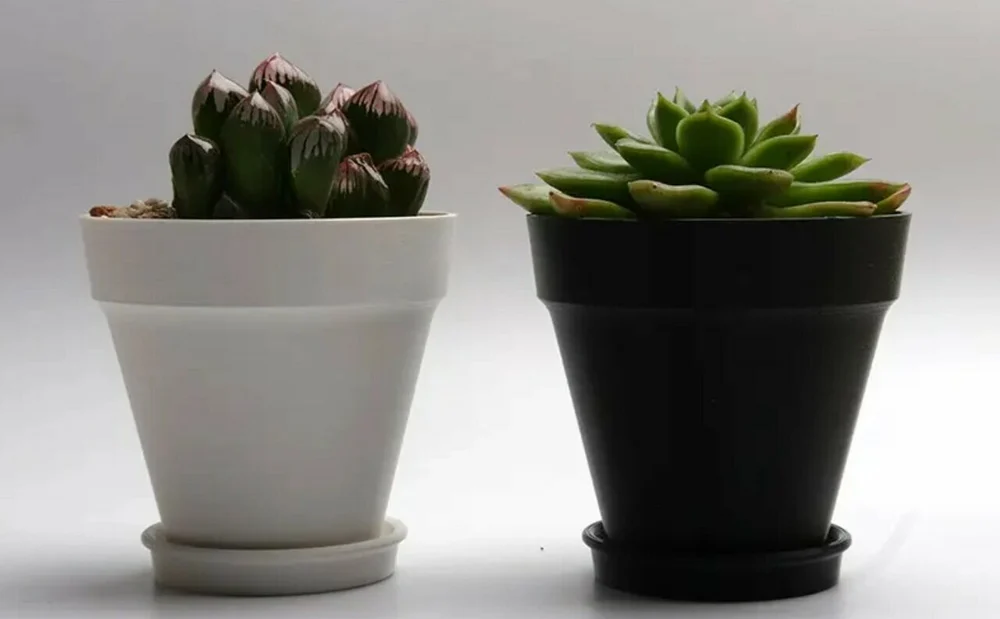
eSun, a reputable filament manufacturer, offers their own ASA filament option called eASA. eSun provided a lot of mechanical information for their eASA filaments, including the melt index, tensile strength, and more, which can be found on their website. They also claim that eASA is resistant to weather, heat, and static.
The filament only has two available colors and comes in spools of 0.5 and 1 kg. eSun recommends printing this ASA with a feed rate of 20-90 mm/s and an idling speed of 90-150 mm/s. eASA has a 3.9-star rating on Amazon from 68 different customers, and while some referred to warping problems, others had no issue.
- Price: ~$37 for 1 kg
- Diameter: 1.75 mm
- Spool sizes: 0.5, 1 kg
- Colors: Black, white
- Dimensional accuracy: N/A
- Nozzle temperature: 220-260 °C
- Bed temperature: 90-110 °C
ColorFabb

ColorFabb ASA is another great option made by a very reputable filament manufacturer. While the filament diameter tolerance is listed as +/- 0.1 mm, ColorFabb ASA filament likely isn’t this inconsistent as basically, no printer would be compatible with the filament if the statement were true. On another note, the filament is available in two colors, including black and natural (white).
ColorFabb ASA filament is very resistant to UV rays and can withstand temperatures as high as 96 °C. This makes the filament an excellent choice for printing models that will be in a warm environment or under the sun.
As for printing, ColorFabb concedes that their ASA filament is more subject to warping than their PLA and PETG filaments. However, they also mention that you should be able to achieve high-quality prints following their suggested settings, including a print speed of 30-50 mm/s and a low cooling fan speed.
- Price: ~$40 for 1 kg (~$27 per 0.65-kg spool)
- Diameter: 1.75, 2.85 mm
- Spool sizes: 0.65 kg
- Colors: Black, natural
- Dimensional accuracy: +/- 0.1 mm
- Nozzle temperature: 240-260 °C
- Bed temperature: 90-100 °C
Raise3D
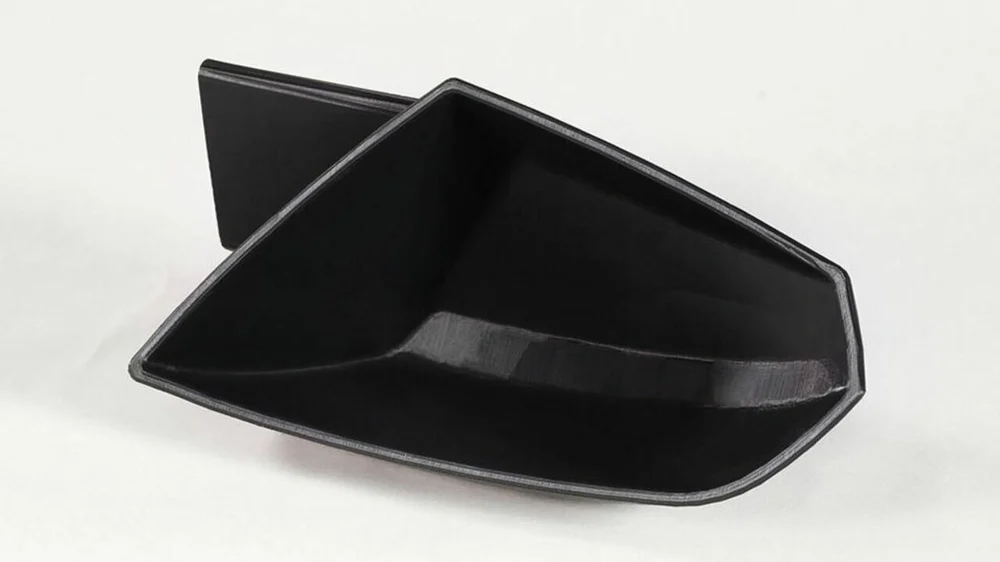
Raise3D is a manufacturer of a few powerful 3D printers, such as the Raise3D Pro 2 and E2, and their ASA filament is another high-quality option worthy of mention. Sadly, the filament only comes in one color (black), but as the filament is ASA, you can always post-process your printed parts and paint them.
The filament doesn’t look super special, but it’s a very compatible option due to its lower recommended bed temperature compared to other ASA filaments. This means you’ll be able to reach the necessary temperatures to print the filament on more machines. Raise3D also mentions that you can print the ASA filament at speeds up to 80 mm/s, which is very fast for this material.
- Price: ~$40 for 1 kg
- Diameter: 1.75 mm
- Spool sizes: 1 kg
- Colors: Black
- Dimensional accuracy: N/A
- Nozzle temperature: 240-260 °C
- Bed temperature: 75-95 °C
3D Best-Q

This brand of ASA filament by 3D Best-Q has a dimensional accuracy of +/- 0.03 mm, which is pretty good for just ~$30 per kg (white is slightly cheaper than black). This ASA+ filament brand has a low level of yellowing and is suitable for outdoor use, according to the manufacturer. This filament only comes in white and black, so for further colors you’ll need to get creative and paint.
The manufacturer claims that the ASA filament has low warping properties and spectacular layer-to-layer adhesion, and they recommend printing with an enclosure. 3D Best-Q ASA+ has a 3.9-star rating on Amazon from 20 ratings. A reviewer commented that the filament is bad for printing detail on parts, though the image above suggests otherwise.
- Price: ~$30 for 1 kg
- Diameters: 1.75 mm
- Spool size: 1 kg
- Color: White, black
- Dimensional accuracy: +/- 0.03 mm
- Nozzle temperature: 240-260 °C
- Bed temperature: 100 °C